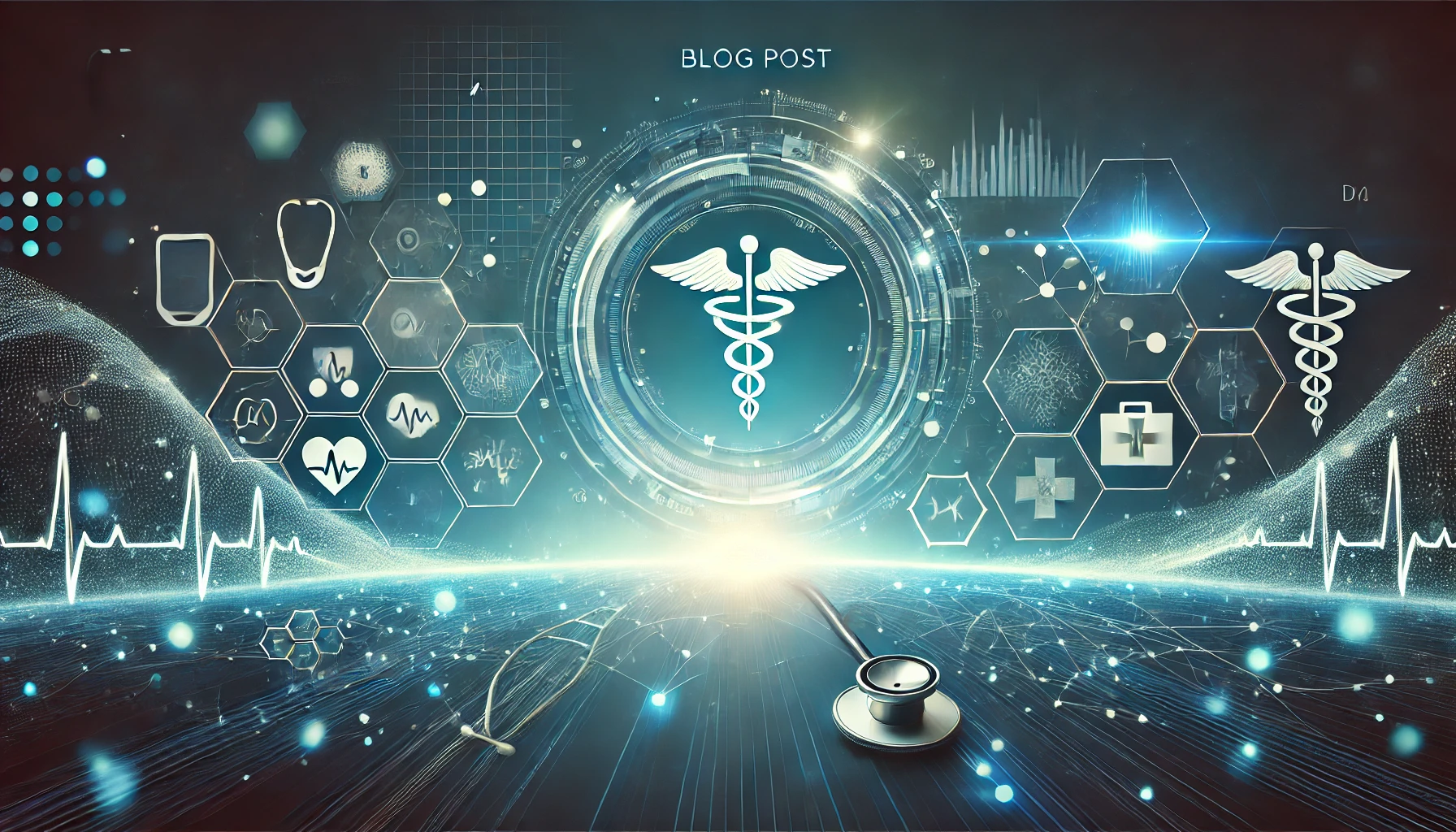Key Points
1. The paper introduces a novel graph-based Retrieval-Augmented Generation (RAG) framework for the medical domain, called MedGraphRAG, which is designed to enhance Large Language Model (LLM) capabilities and generate evidence-based results, ultimately improving safety and reliability when handling private medical data.
2. The comprehensive pipeline of MedGraphRAG begins with a hybrid static-semantic approach to document chunking for better context capture. Entities are extracted to create a three-tier hierarchical graph structure which links entities to foundational medical knowledge sourced from medical papers and dictionaries. These interconnected entities form meta-graphs, which are merged based on semantic similarities to develop a comprehensive global graph. The retrieval process employs a U-retrieve method to balance global awareness and indexing efficiency of the LLM. The approach is validated through a comprehensive ablation study, demonstrating consistently outperforming state-of-the-art models on multiple medical Q&A benchmarks.
3. The rapid advancement of large language models has significantly transformed natural language processing research but still face limitations when applied to specialized fields like medicine. Retrieval-augmented generation (RAG) is a technique that answers user queries using specific and private datasets without requiring further training of the model. The paper discusses the limitations of traditional RAG and introduces the graph RAG method designed for medical application.
4. The paper presents a three-tier hierarchical graph construction method to enhance LLM performance in the medical domain by responding to queries with grounded source citations and clear interpretations of medical terminology, improving transparency and interpretability of the results.
5. To respond to user queries, the U-retrieve strategy is implemented, which combines top-down retrieval with bottom-up response generation, maintaining a balance between global context awareness and contextual limitations inherent in LLMs.
6. The paper evaluates the MedGraphRAG method on several popular open and closed-source LLMs and tests them across mainstream medical Q&A benchmarks, demonstrating significant enhancements in performance even surpassing fine-tuned or specially trained LLMs on medical corpora.
7. The top, medium, and bottom-level data sources used for the framework are MIMIC-IV, a publicly available electronic health record dataset; MedC-K, a medical-specific corpus; and the Unified Medical Language System (UMLS) dataset, respectively.
8. The paper discusses the impact of the novel MedGraphRAG framework on various large language models, revealing significant improvements in performance on medical benchmarks due to the implementation of zero-shot RAG. The MedGraphRAG method also significantly boosts the performance of more powerful, closed-source LLMs, helping them achieve state-of-the-art results on multiple benchmarks.
9. The paper conducts a comprehensive ablation study to validate the effectiveness of the proposed modules, comparing various methods for document chunking, hierarchy graph construction, and information retrieval, and confirming the superior performance of the proposed methods over state-of-the-art models.
Summary
This paper introduces a novel graph-based Retrieval-Augmented Generation (RAG) framework called MedGraphRAG, designed specifically for the medical domain. The goal is to enhance the capabilities of Large Language Models (LLMs) and generate evidence-based results, improving the safety and reliability of these models when handling private medical data.
Comprehensive Pipeline for MedGraphRAG
The comprehensive pipeline starts with a hybrid static-semantic approach to document chunking, which improves context capture compared to traditional methods. Entities extracted from the chunks are used to create a three-tier hierarchical graph structure, linking them to foundational medical knowledge from papers and dictionaries. These entities are interconnected to form meta-graphs, which are then merged based on semantic similarities to develop a comprehensive global graph. This structure supports precise information retrieval and response generation.
The retrieval process employs a U-retrieve method to balance global awareness and indexing efficiency of the LLM. The authors validate their approach through a comprehensive ablation study, comparing various methods for document chunking, graph construction, and information retrieval. The results demonstrate that the hierarchical graph construction method consistently outperforms state-of-the-art models on multiple medical Q&A benchmarks. Importantly, the responses generated include source documentation, significantly enhancing the reliability of medical LLMs in practical applications.
The key contributions of this work are:
1) Proposing a comprehensive pipeline for applying graph RAG in the medical field.
2) Developing unique graph construction and data retrieval methods to enable LLMs to generate evidence-based responses using holistic private data.
3) Validating the approach across mainstream benchmarks, achieving state-of-the-art performance with various model variants.
Overall, MedGraphRAG enhances LLM capabilities in the medical domain by providing grounded source citations and clear interpretations of medical terminology, boosting transparency and interpretability of the results. This evidence-based, user-friendly approach is crucial for ensuring safety in clinical practice.
Reference: https://arxiv.org/abs/2408.04187
